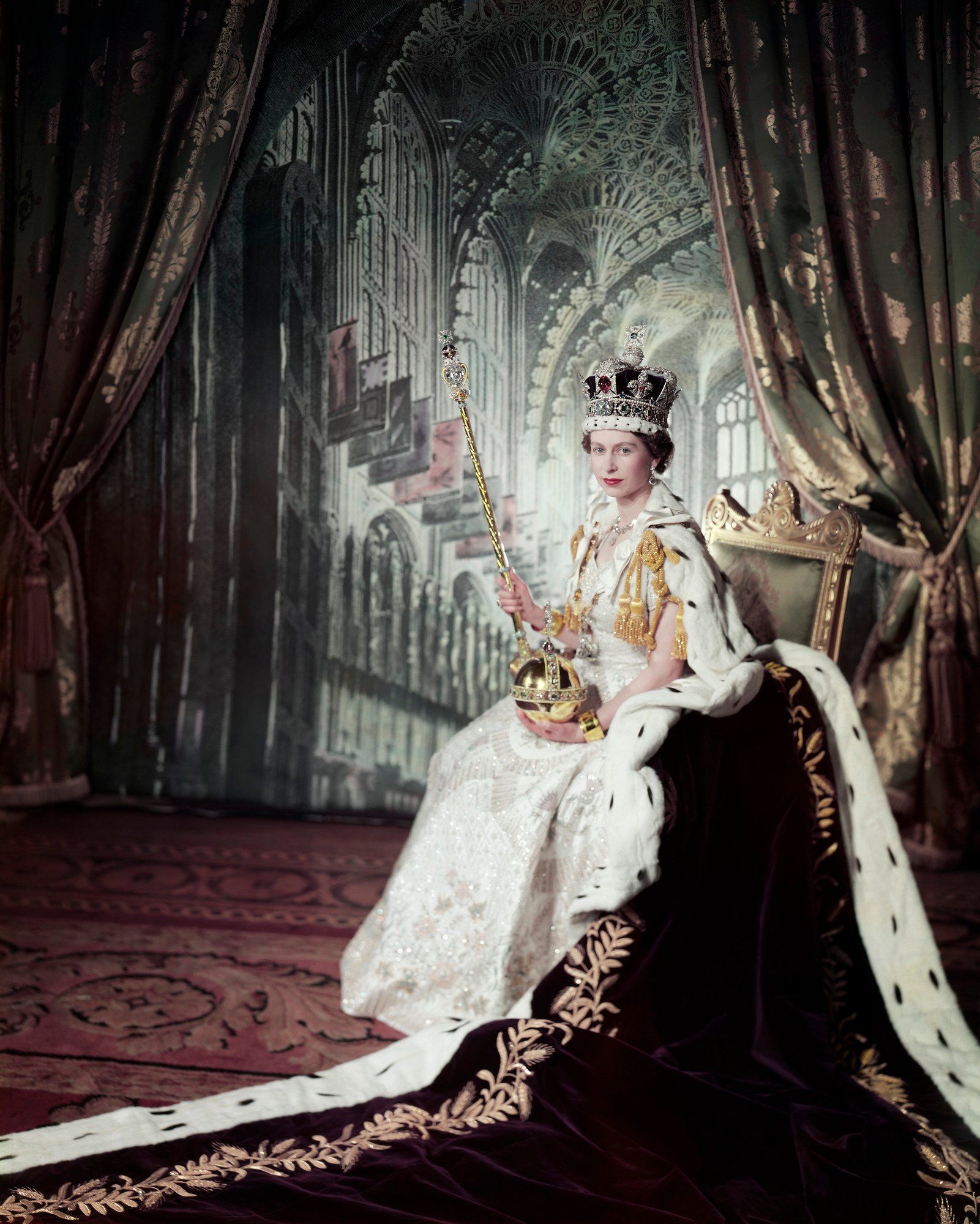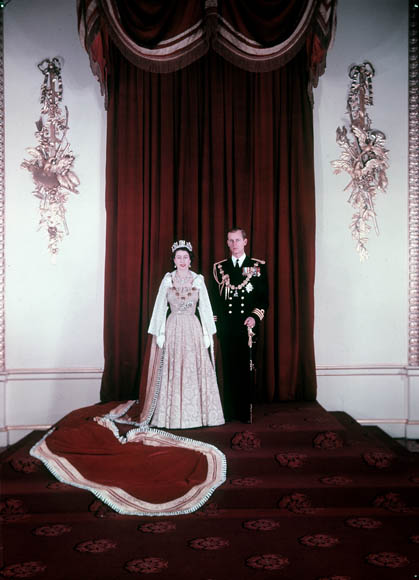
The coronation of our longest reigning monarch - 72nd anniversary
Seventy-two years ago, on June 2, 1953, the world witnessed the Coronation of Queen Elizabeth II at Westminster Abbey.
By the time the ceremony took place, the woman destined to become Britain’s longest reigning monarch had already reigned for over a year. The decision was made to delay the celebrations in order to allow a suitable period of mourning for her beloved father, King George VI. His untimely death, on 6th February 1952 at just 56 years of age, came as a huge shock, particularly as the full extent of his illness had not been revealed to the public. Elizabeth, deputising for her father on a royal tour of the Commonwealth, received the news that she had become Queen during a visit to Kenya. She and her husband Philip returned to Britain immediately.

Overruling Churchill
The one day ceremony took fourteen months to prepare, and was broadcast live on television against the express wishes of Winston Churchill and senior members of the cabinet who felt that it would trivialise such a solemn moment. On this occasion, the Queen overruled her Prime Minister and the other dissenting voices. She wanted her subjects to enjoy a glorious celebration that would herald the dawn of a new era after the bleak post-war years. Over half a million television sets were purchased in the months prior to the coronation, and, when the day came, over twenty million people crowded around the small flickering screens to watch their young Queen being crowned sovereign of the United Kingdom, Australia, New Zealand, Canada, South Africa, Ceylon and Pakistan.
For her coronation gown, the Queen turned to Norman Hartnell who had designed her wedding dress six years earlier. At her request, the gown was embroidered with the flowers of the Home Nations and the Commonwealth countries: the English Tudor rose, Scots thistle, Welsh leek, Irish shamrock, Australian wattle, Canadian maple leaf, New Zealand silver fern and South African protea, alongside lotus flowers for India and Ceylon and Pakistan's wheat, cotton, and jute.
Heavy is the Crown
In the weeks leading up to the coronation, the Queen practiced for the occasion by wearing the notoriously heavy St Edward’s Crown. Weighing nearly 5lb (2.23kg), she wanted to ensure that she would be comfortable moving about whilst wearing it. Her eldest son (the future King Charles III) would later recall how, when he was three years old, his mother walked into the palace bathroom wearing the crown as he was taking a bath. Many thought that the young prince would be too young to attend the coronation. But the Queen insisted and arranged for him to receive a hand-painted child’s invitation. He watched the ceremony with his grandmother and aunt from the royal box in Westminster Abbey.

As with any elaborate ceremony that takes months of careful planning and preparation, not everything went smoothly on the day. On the morning of the coronation, it was discovered that the carpet in the Abbey had been laid with the pile running the wrong way. Although not noticeable to the millions watching at home, this error caused the metal fringe on the Queen’s golden mantel to catch on the pile, forcing her back when she tried to move forward. As a result, she had to ask the Archbishop of Canterbury, Geoffrey Fisher, standing at her side to “get me started.”
The World’s First Transatlantic Broadcast
The Queen’s unprecedented decision to permit television cameras to film the coronation allowed the rest of the world to share in the celebrations. The ceremony was broadcast in France, Holland and Germany, and became the world’s first transatlantic television broadcast as the footage was flown to the USA, Canada and around the world. It is estimated that a worldwide audience of 300 million watched her make a solemn oath to govern the people, uphold law and justice and maintain and preserve the Church of England.
The eight thousand invited guests who packed into Westminster Abbey were mostly aristocrats and heads of state collectively representing 129 different nations and territories. It is said that many guests prepared for the three hour ceremony by smuggling sandwiches and beverages into the Abbey to sustain them. Later, they attended a special luncheon in which they were introduced to a new dish created especially for the occasion, Coronation chicken!
Concluding The Coronation Tour

In November 1953, the Queen resumed the Commonwealth tour that had been cut short by the death of her father. Together with her husband Philip, they embarked upon the most ambitious royal visit ever conducted. Armed with 12 tonnes of luggage, the seven-month coronation tour took them on a journey of over 40,000 miles by land, sea and air. They visited Bermuda, Jamaica, Fiji, Tonga, New Zealand, Australia, Cocos Islands, Ceylon (now Sri Lanka), Aden (now Yemen), Uganda, Malta and Gibraltar.
Huge crowds followed the royal couple wherever they went. It is estimated that three-quarters of the population of Australia turned out to see them. Their last stop was at Gibraltar, where they boarded the new Royal yacht Britannia for the first time. On board were their two children, Prince Charles and Princess Anne, and they sailed home together.



